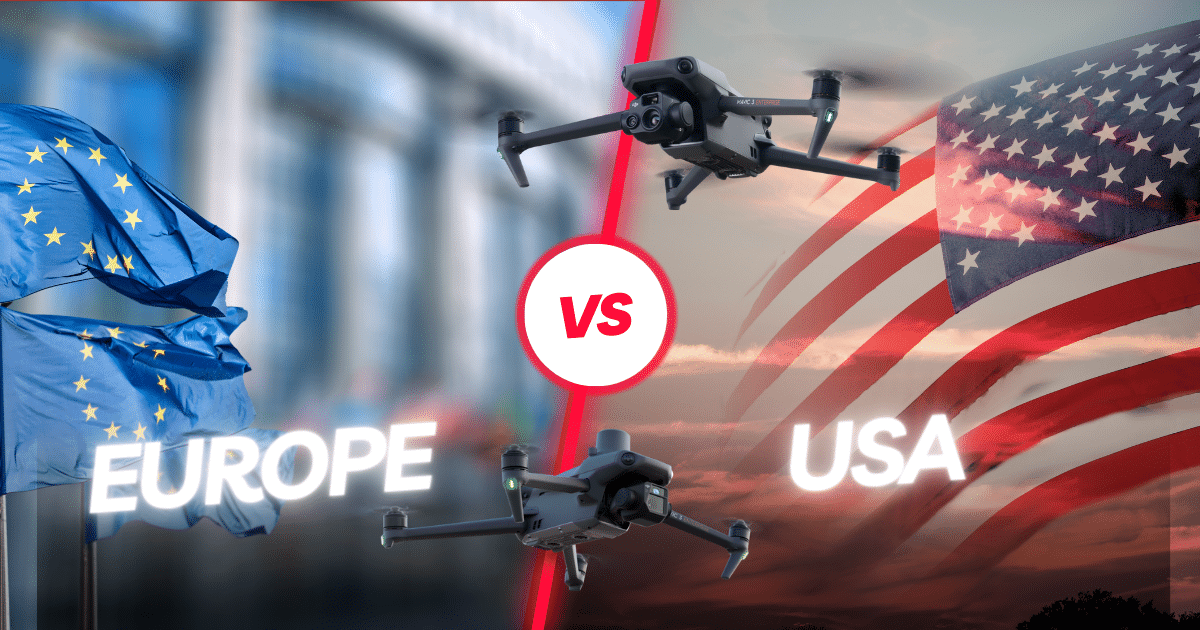News
Understanding the differences between drone laws in the United States and Europe
With the growing popularity of drones, it has become essential to understand the regulations governing their use. This article takes an in-depth look at the differences between US and European drone laws, focusing on the concept of Remote ID, a key technology for air safety management.
1. Remote ID: A Crucial Identification System
- In the USA: The Federal Aviation Administration (FAA) has set strict requirements for drones. Remote ID is mandatory for all drones weighing over 250 grams. It enables real-time transmission of information such as drone identification, position and altitude. More information can be found on the FAA website.
- In Europe: the European Union Aviation Safety Agency (EASA) follows a similar approach, but with certain peculiarities. For example, category C0 drones, which are often very light, are not subject to the same requirements as higher categories. For further details, visit the EASA website.
2. Drone Weights and Categories: Varying Requirements
- In the U.S.: All drones weighing more than 250 grams must be registered with the FAA and comply with Remote ID. This regulation aims to improve the traceability and accountability of drone operators.
- In Europe: UAVs are divided into several categories (C0 to C4) according to weight and capacity. Each category has its own rules, notably concerning registration and Remote ID. A table explaining the different categories can be found here.
3. What European Pilots Need to Know
- Geovigilance and Direct Identification: In Europe, certain drones must be equipped with geovigilance and direct identification systems, especially in VLL (Very Low-Level) areas. This requirement is designed to improve safety in densely populated airspace.
- Category Specific and the European STS01: European legislation has introduced significant changes, notably with the European STS01, which replaces the former Belgian regulations. Pilots must undergo specific training and obtain certification to operate in this category.
4. Practical implications of Remote ID for Pilots
- Drone operators need to understand in detail how Remote ID affects their day-to-day operations. Compliance with Remote ID requirements is crucial to ensure safe and legal drone flights.
A thorough understanding of drone legislation is essential to ensure safety and legal compliance. It is essential for pilots to keep abreast of the latest regulatory developments.

